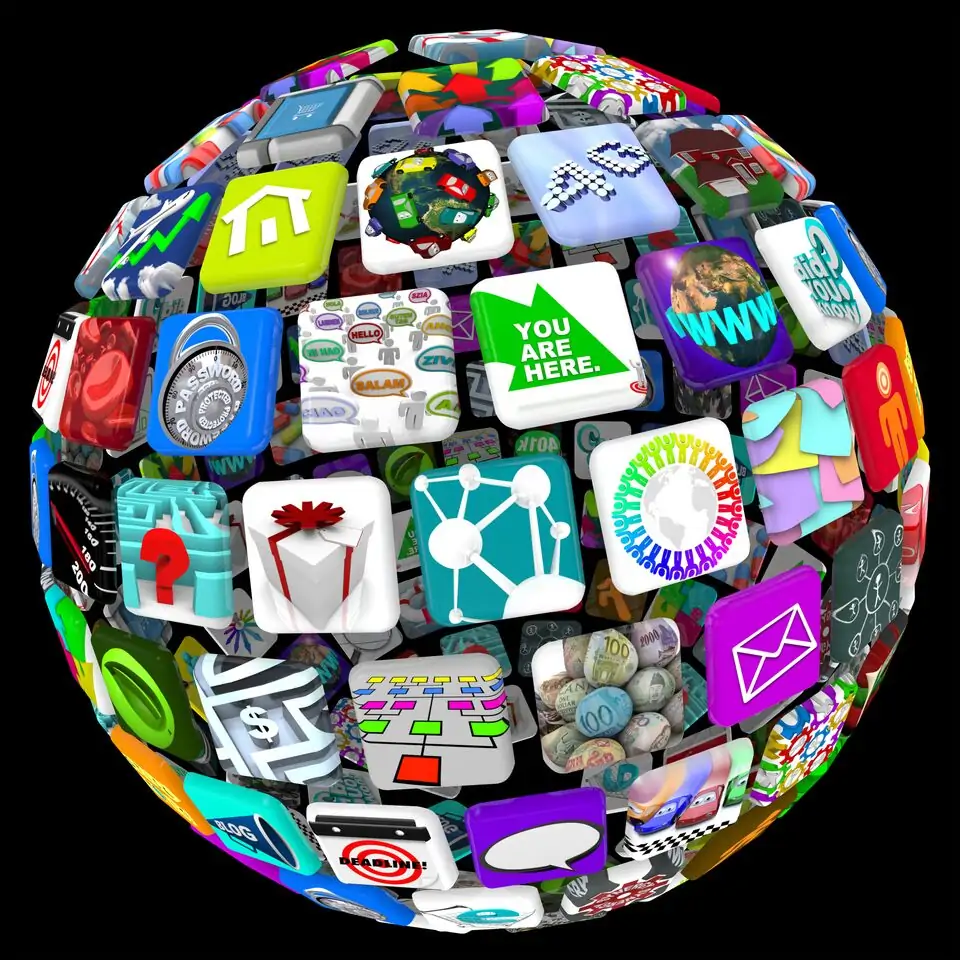The latest trend in tech today is the growing popularity of voice search and digital assistants.
Every major tech company now has their own version of this helpful, disembodied technology. Amazon has Alexa. Google has Google Assistant. Microsoft has Cortana. And, of course, Apple has Siri.
Within just the past 12 months, the number of web users who rely on digital assistants to help them listen to their favorite music, answer questions about the weather, set cooking timers, and even unlock doors and turn lights on and off has increased exponentially.
Adapting to Change
This isn’t just a fad. Voice search and digital assistants are here to stay. In fact, Google recently reported that 1 out of 5 internet searches now come from voice queries.
Ignore this change in the way people use the web at your own peril. Today, smart businesses are adapting by using long-tail search keywords and natural language that matches the conversational tone people tend to use with their favorite digital assistants.
For example, for web-based searches, a user might type in “auto mechanics near Cincinnati, Ohio”. But the same person conducting the same search via their voice searching digital assistant might be more likely to say, “Siri, where is there an auto mechanic near me?”
Shift Towards Voice Search
The shift toward voice search will become even bigger as more and more people get the enabling devices in their homes. Amazon’s Echo and Google’s Home will likely be one of the most popular holiday gifts this year.
Voice search technology also is becoming more prevalent among automakers who are looking for ways to provide the convenience of online access to their customers while minimizing the risks of distracted driving.
As digital assistants go beyond smartphones and enter our homes, our cars, and eventually our workplaces, the opportunity for businesses to use SEO and content to connect with this growing market increases.





